Be a star on screen
I don’t want to speak too soon, but it feels like we might be coming to the tail-end of the pandemic. Even though face-to-face coaching is well and truly back, virtual presenting is here to stay and we have been delivering our On-Camera Communication workshop for multiple clients.
Just like face-to-face, the human connection is the only thing that matters. Without it there is no bond or engagement.
Technology itself won’t create that bond. Just like a musical instrument the camera won’t play itself. You have to learn to play the medium so it projects you through the space and the wires.
Simply put, it’s all about personalising and humanising the medium. The further you get from face-to-face, the harder you have to work to create that level of intimacy.
With this in mind, here are my top tips to get the camera working for you.
1) Adjust the camera height
If the lens is below your eyeline it will create a very unflattering angle. Double chins, seeing up your nostrils, the lot. Stack it on some books and get the camera level with your eyes. It will create the sensation you are speaking directly to the other person as opposed to talking down at them.
2) Set the lighting
Overhead lighting can cast unflattering shadows down on your face. A light directly behind, like a window, creates a distracting halo effect. Too little light and we can’t see you. Face a window or get a ring light, or desk lamp, and experiment so the light is clear and warm.
3) Look directly into the lens when you are speaking
This will make your listeners feel you are speaking directly to them. It gives us the most powerful tool of communication, your eyes. As hard as it may be don’t be distracted by anything else on screen.
When speaking to the camera, imagine a significant other and speak directly to them. Someone who brings a feeling of warmth and a smile to your face. Make it easy on yourself and even stick a photo of them next to the camera. It’s subtle but the camera loves subtlety and will pick it up.
